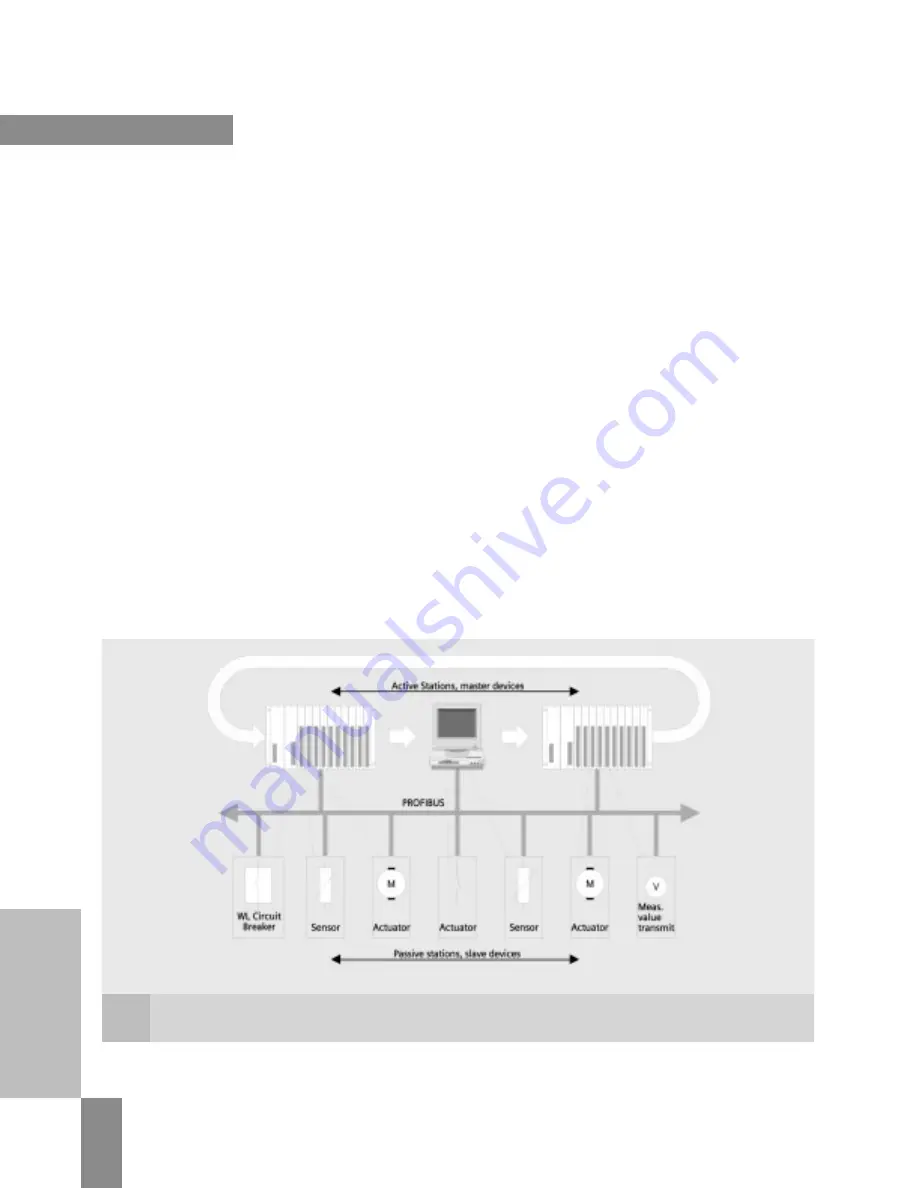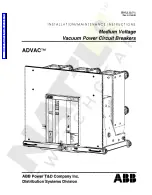
Communication bus systems
are used to connect distribution
devices with varying levels
of intelligence. With their
different structures and
mechanisms, certain bus
systems are designed for
highly specific applications,
while others are better suited
for more open applications.
The following section describes
the most important bus
systems used in automation
and power distribution systems.
PROFIBUS
The PROFIBUS-DP is an open,
standardized, multi-vendor field
bus system. Standardized to DIN (E)
19424 Part 3 / EN 50170, it is
ideally suited to fulfill the stringent
requirements for exchanging data
in distributed peripheral and field
devices. As of June 2002, over
1,100 manufacturers were offering
more than 1,700 products, and
user organizations in 23 countries
providing support for users of over
4 million PROFIBUS installations.
The device can also be easily
integrated in and connected to
standard automation systems,
since all the major manufacturers
of programmable control systems
offer PROFIBUS-DP master modules,
and the high transmission rates of
up to 12 MBaud ensure virtually
real-time system operation.
The protocol used by the PROFIBUS-DP
stations supports communication
between the complex, equal-
priority programmable controllers
(masters). Each station completes
its communication task within a
defined time frame.
In addition, straightforward, cyclic
data exchange is carried out for
communication between a master
and the simple peripheral devices
(slaves) assigned to it.
The PROFIBUS-DP achieves this
using a hybrid bus access control
mechanism comprising a central
token passing procedure between
the active stations (masters) and
a central master-slave procedure
for exchanging data between the
active and passive stations.
Bus access control enables the
following system configurations
to be implemented:
WL Circuit Breaker
Introduction and Overview
Communication Bus Systems
1/3
Communication on the PROFIBUS: token passing between the masters; polling between the master and slave stations
Graphic
1-4
WL PROFIBUS Communication and Electronic Accessories • July 2004





























